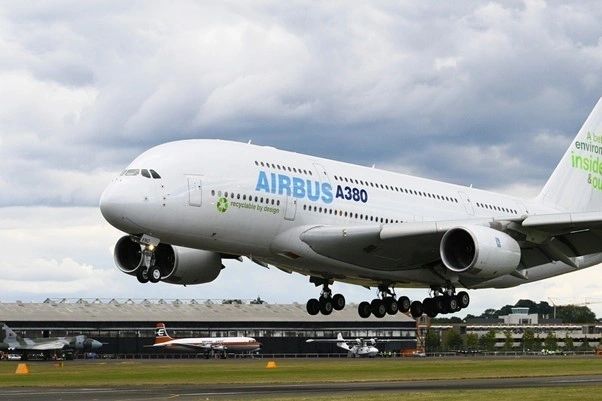
At a time when several other airlines were debating whether or not to retire their Airbus A380 fleets due to the pandemic, concerns were raised about Air France’s future with the superjumbo.
Despite the fact that several airlines are evaluating their fleets in light of the pandemic recovery, it is evident that this type of aircraft has a future – at least for the time being.
Korean Air announced on Wednesday that it would begin flying A380s between Seoul Incheon and Hong Kong, as well as Tokyo Narita, in September. Furthermore, the planes will be used on New York routes beginning in July.
Asiana, a potential takeover target from Korea, declared earlier this month that it would resume flying its A380s to alleviate a seat shortage caused by a “dramatic” increase in travel demand.
Due to aircraft delivery delays (Boeing 787s and 777-9s are on order) and increased passenger demand, Lufthansa has announced that the A380 will be reintroduced in time for the summer of next year.
Not only are Qantas and Qatar Airways returning their A380s from storage, but they’re also resuming superjumbo flights while Airbus and Qatar Airways continue their legal dispute over their grounded A350s.
According to Cirium fleets statistics, there were 114 A380s in operation worldwide as of the end of June, down from 234 at the end of 2019. Return-to-service rates have fallen far behind those of the other major widebody variants.
However, for the time being, Emirates President Tim Clark is the only one openly questioning how carriers would meet future demand without turning to new Airbus A380-sized jets.
 British Airways Signs Major Deal for Free Starlink Wi-Fi in Every Cabin – Elevating the Passenger Experience
British Airways Signs Major Deal for Free Starlink Wi-Fi in Every Cabin – Elevating the Passenger Experience  Qantas Revamps Lounge Experience: Sydney International Business Lounge Upgrade & Auckland Lounge Opening for Holiday Peak
Qantas Revamps Lounge Experience: Sydney International Business Lounge Upgrade & Auckland Lounge Opening for Holiday Peak 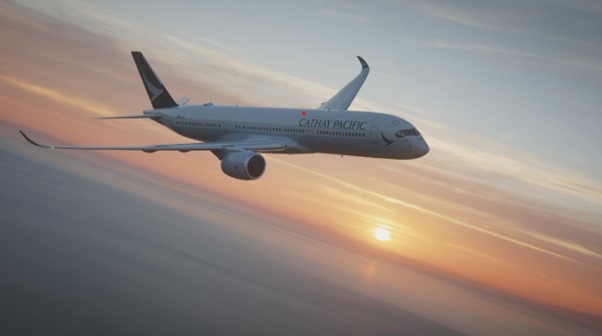 Cathay Pacific’s Service to Adelaide Takes Off: Hong Kong to South Australia Nonstop
Cathay Pacific’s Service to Adelaide Takes Off: Hong Kong to South Australia Nonstop 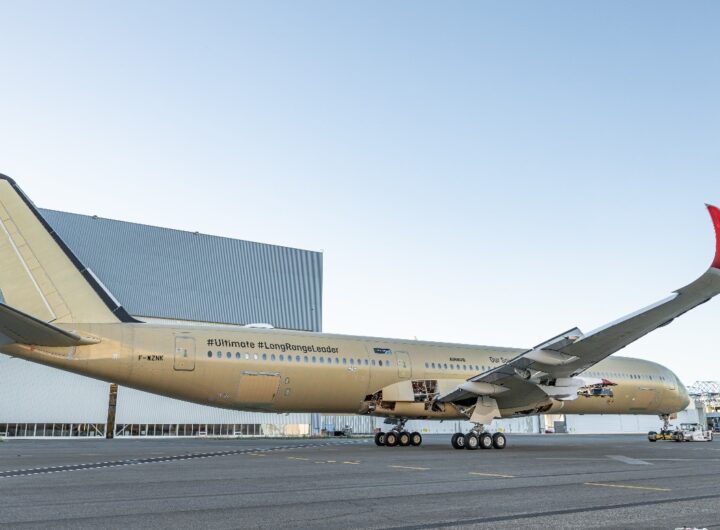 Qantas Project Sunrise: The Gamechanger Set to Redefine Aussie Air Travel
Qantas Project Sunrise: The Gamechanger Set to Redefine Aussie Air Travel 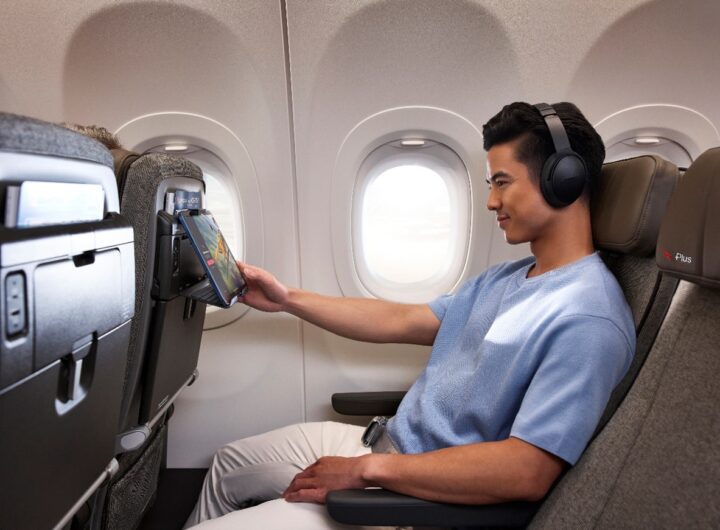 Qantas Economy Plus: More Space and Comfort for Your Next Short-Haul International Adventure
Qantas Economy Plus: More Space and Comfort for Your Next Short-Haul International Adventure  Qatar Airways Crowned ‘Best Airline in the World’ at Business Traveller Awards 2025
Qatar Airways Crowned ‘Best Airline in the World’ at Business Traveller Awards 2025 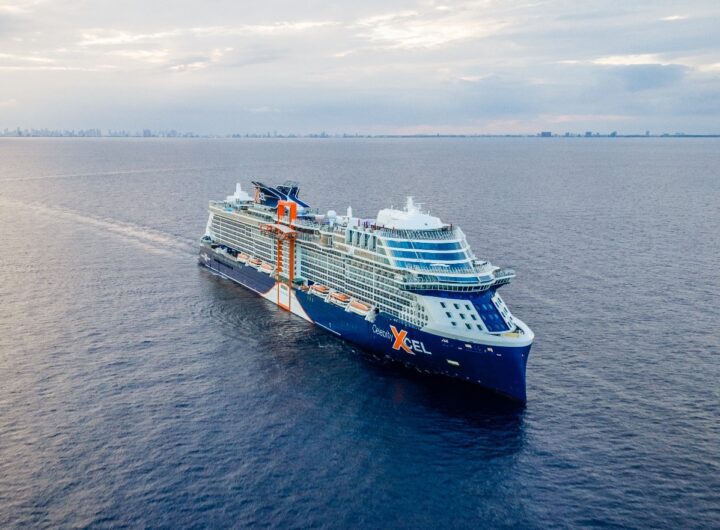 Celebrity Xcel: The Ultimate Edge Series Cruise Ship Arrives—7 New Onboard Experiences & 2025-26 Caribbean and Mediterranean Itineraries
Celebrity Xcel: The Ultimate Edge Series Cruise Ship Arrives—7 New Onboard Experiences & 2025-26 Caribbean and Mediterranean Itineraries 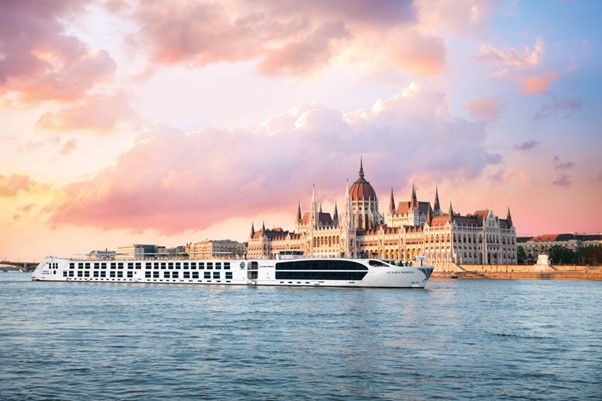 Discover S.S. Maria Theresa: The Ultimate in Luxury European River Cruising from Uniworld
Discover S.S. Maria Theresa: The Ultimate in Luxury European River Cruising from Uniworld 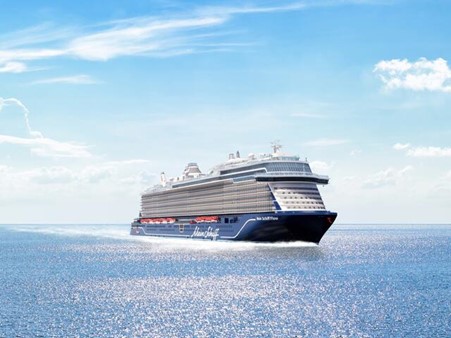 Summer Dreams at Sea: Discover the 2027 Travel Highlights of the Mein Schiff Fleet
Summer Dreams at Sea: Discover the 2027 Travel Highlights of the Mein Schiff Fleet 